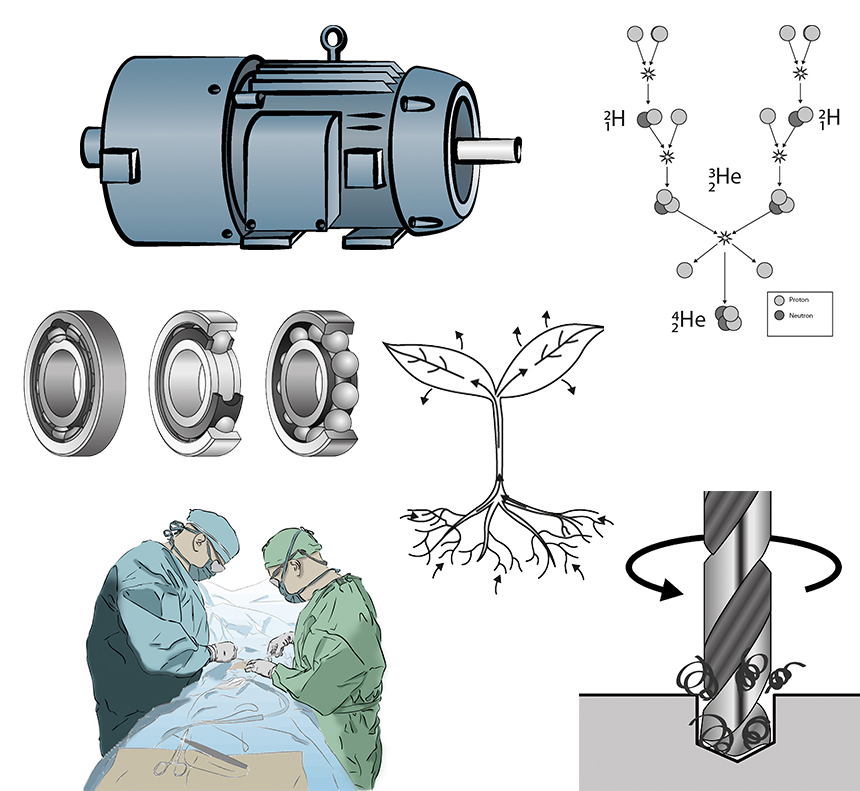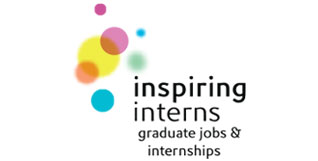
Architect to scientific illustrator: is it easy to change career?
- August 2, 2018
- Guest Post
My name is Salvador Clariana and I’m someone who has made a career change in my life: from architect to scientific illustrator. I’d like to tell you what that was like.
I studied architecture in Spain, but found it difficult to find a job after graduating: it was the middle of the credit crunch. My girlfriend at the time, and now wife, landed a job in Bristol. Amazing. We packed up, and we left. I searched and searched to find the right position – any position, working as waiter in a hotel while I did so.
A few months later, and I finally managed to get something, an internship, which would then lead to my first job as an architect. While I was working there, my wife’s dad, a physicist, asked me: Being an architect must make you good at drawing, yes? This got me thinking, because I wasn’t good at drawing, but I was good at computer drawing and line art. That is how I did my first scientific illustration. He was impressed and started asking for more.
At the same time, my wife’s boss saw these illustrations and liked them, and hired me to do a few images for a book he was working on. These were drawings that I did in my free time after work. I just thought that I could do with the extra cash. I didn’t think it would be anything more than that, but word of mouth and a bit of social media made my “business” grow. Eventually, I decided to leave my office work as an architect and dedicate more time to the illustrations.

So, I made a website, bought a domain and started to look for clients. It’s difficult at the beginning because you don’t know where to start or how to price yourself. If you are just starting, I’d recommend that you price yourself low enough that you appeal to prospective clients despite having more established competitors, but also high enough to give your brand some value: you don’t want to sound too “cheap” unless your whole business is based on being cheap.
To decide how to price your work, you can also look at competitors and find out how much they charge or calculate how long a job would take you and times it by how much you would like to earn per hour. The first few times, you will almost certainly get it wrong, but write down how long every job takes and, after a few gigs, you will start to have a database that you can use to compare new jobs with past ones and price more accurately.
If you are considering a career change then first I would advise you to give yourself time to think what you really love doing. Make a list of your dream jobs. After that, start investigating how what the job market for that particular career is like – you don’t want to re-train yourself to become something that won’t let you make a living. After that, see if your studies give you an advantage in that field: there is nothing wrong with starting from scratch, but if there is a link between your new career and your studies, then you will advance much faster. Research is the key to getting you closer to what you want to be. Don’t be afraid to ask questions and don’t be discouraged if things don’t fall into place instantly: finding your place takes time, but it’s bloomin’ possible!
Salvador Clariana writes for Inspiring Interns, which specialises in sourcing candidates for internships and graduate jobs.






